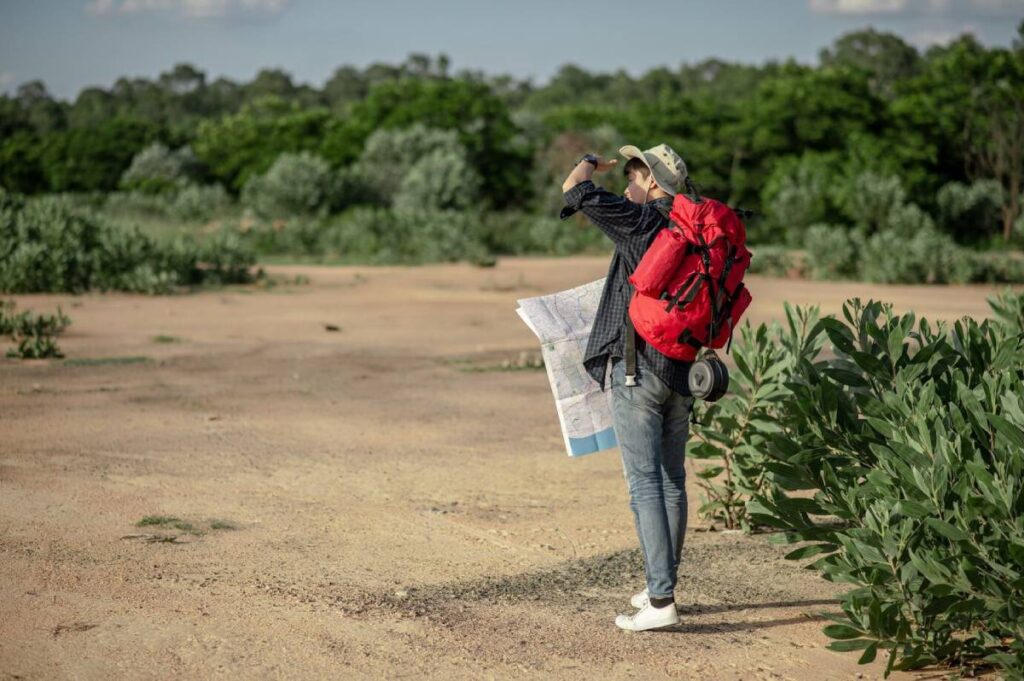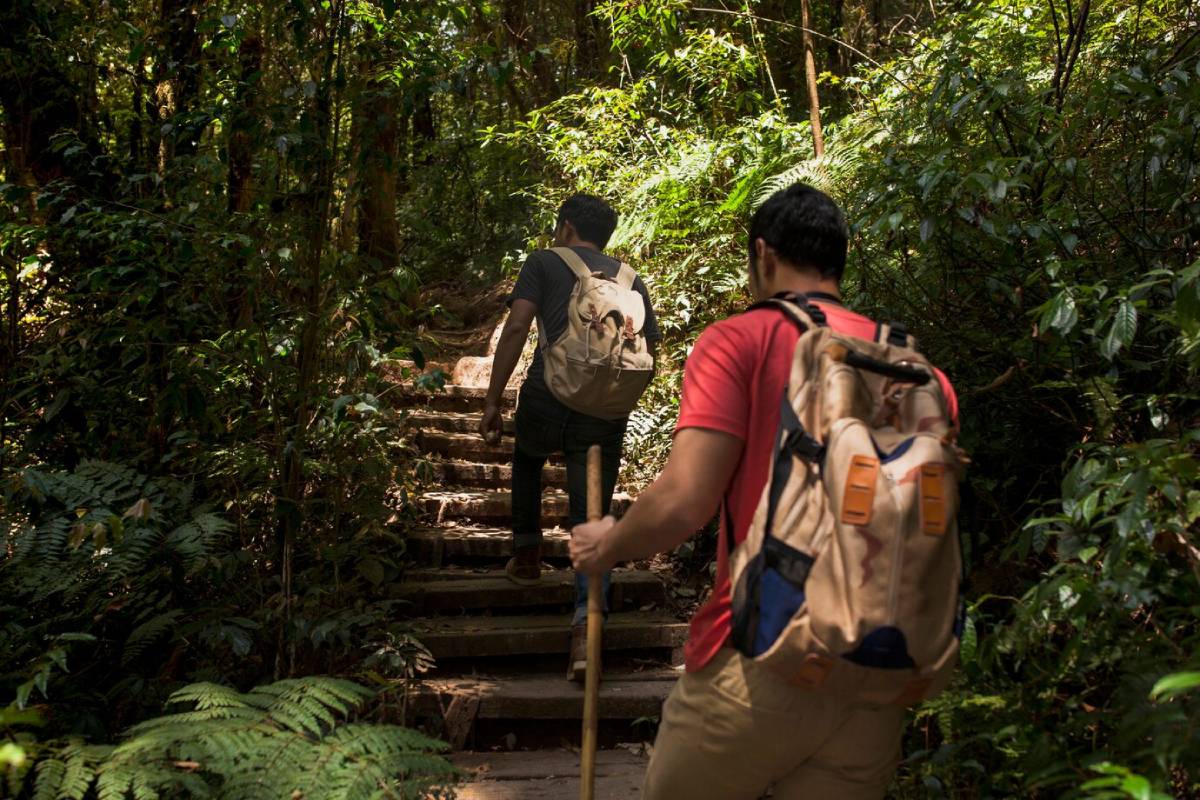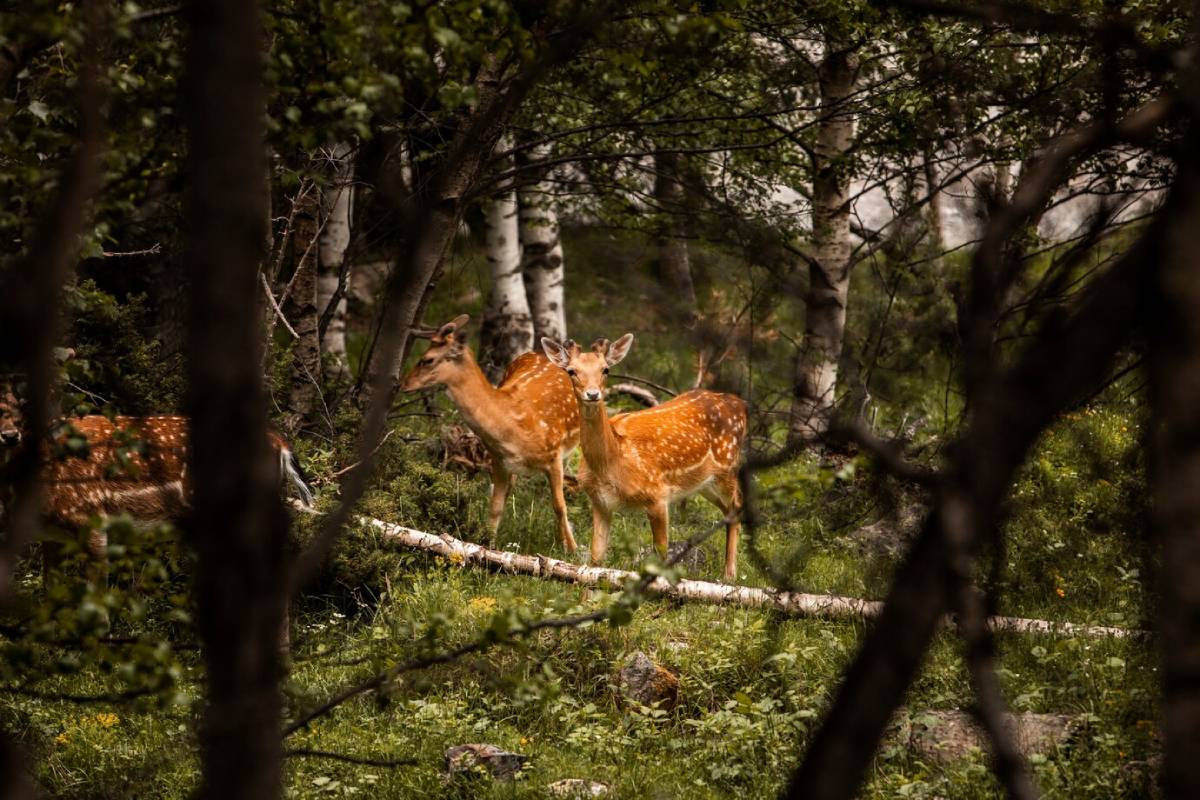Travel Blogs

Top Destinations for Conservation-Focused Travel
Imagine watching elephants roam free in Kenya or helping sea turtles hatch in Costa Rica. Now imagine knowing your trip actually helped protect those animals.
That’s the power of conservation-focused travel. It’s more than just seeing nature—it’s about supporting it. Eco-friendly wildlife destinations worldwide help travellers make a real impact with responsible adventures.
In this guide, we’ll show you some top conservation travel spots. You’ll learn what makes each special and how to explore them while doing good.
What Is Conservation-Focused Travel?

This type of travel combines exploring with giving back. It often involves:
- Supporting protected areas or endangered species
- Staying in eco-lodges that reinvest in the environment
- Joining ethical wildlife tours
- Volunteering with conservation projects
- Learning from local communities
The goal? To help—not harm—the people, animals, and ecosystems you visit.
Why It Matters
Traditional tourism can harm nature through overdevelopment, pollution, and wildlife exploitation. Sustainable tourism, however, aims to protect resources. It also ensures long-term benefits for local communities and wildlife.
When you choose a conservation-focused destination:
- You reduce your footprint
- You help fund local conservation efforts
- You support communities living near nature
- You create more meaningful travel memories
Let’s explore where you can do all this and more.
1. Costa Rica: A Conservation Powerhouse
Why Go: Costa Rica protects over 25% of its land. National parks, cloud forests, and marine reserves offer endless eco-adventures.
Top Experiences:
- Volunteer at turtle nesting beaches in Tortuguero
- Hike through Corcovado National Park to spot tapirs and jaguars
- Stay in eco-lodges in Monteverde that run on solar and recycle everything
Bonus: Your tourism dollars directly fund the country’s world-leading conservation model.
2. Kenya: Wildlife and Community in Harmony
Why Go: Kenya is home to some of Africa’s most iconic wildlife. But it’s also a leader in sustainable tourism and community-led conservation.
Top Experiences:
- Visit Ol Pejeta Conservancy to learn about rhino protection
- Take a safari with a Maasai-owned tour company
- Stay in eco-camps that support local schools and anti-poaching units
Tip: Try finding lodges in conservancies. This helps spread tourism benefits and protects more land.
3. Galápagos Islands, Ecuador: Nature’s Time Capsule
Why Go: The Galápagos is a living lab of evolution. Strict visitor rules protect its unique animals and landscapes.
Top Experiences:
- Take small-boat tours run by certified naturalists
- Snorkel with sea lions and reef sharks in marine reserves
- Stay at eco-lodges that use solar power and support research
Good to Know: Tourism fees go directly into conservation and education.
4. Borneo (Malaysia and Indonesia): Saving Rainforests and Orangutans
Why Go: Borneo’s ancient rainforests are disappearing, but responsible travel can help slow this down.
Top Experiences:
- Visit the Sepilok Orangutan Rehabilitation Centre
- Stay at Sukau Rainforest Lodge, one of Asia’s top eco-retreats
- Join river safaris to see proboscis monkeys, elephants, and hornbills
Help Tip: Choose operators that avoid elephant riding or disturbing nesting areas.
5. Madagascar: Wildlife Found Nowhere Else
Why Go: 90% of Madagascar’s wildlife is unique to the island—but much of it is under threat.
Top Experiences:
- Explore Andasibe-Mantadia National Park with local guides
- Support lemur conservation through forest walks
- Stay in eco-lodges that plant trees and support sustainable farming
Local Love: Many tours help fund village schools and reforestation.
6. Norway: Arctic Wildlife and Low-Impact Travel
Why Go: Norway has amazing wildlife—whales, seabirds, and reindeer. Plus, it focuses on sustainability.
Top Experiences:
- Kayak in fjords while spotting seals
- Take eco-certified whale tours from Tromsø
- Visit Sámi communities that promote reindeer conservation
Note: Norway is leading in electric transport and sustainable building.
7. Botswana: Low-Volume, High-Impact Safaris
Why Go: Botswana limits tourist numbers to reduce pressure on its wild spaces. It’s known for ethical safaris.
Top Experiences:
- Explore the Okavango Delta in a mokoro (traditional canoe)
- Stay at solar-powered safari camps that support conservation funds
- Spot endangered African wild dogs and black rhinos
Sustainable Model: Every guest contributes to land and wildlife protection through park fees.
8. Australia: Land and Sea Conservation
Why Go: Australia is home to diverse marine and desert wildlife. It also offers many conservation-focused travel experiences.
Top Experiences:
- Snorkel with marine biologists on the Great Barrier Reef
- Volunteer with wildlife carers in New South Wales
- Support Indigenous-led tours that focus on nature and culture
Good to Know: Many parks now offer “conservation holidays” for hands-on help.
9. Peru: Protecting Biodiversity in the Amazon
Why Go: The Amazon is vast—and fragile. Peru offers incredible access to pristine rainforest, with ethical lodges and research stations.
Top Experiences:
- Stay at Tambopata Research Center to learn from scientists
- Spot macaws, monkeys, and river otters on guided tours
- Help with data collection as a conservation volunteer
Bonus: Some tours include cultural exchange with Indigenous communities.
10. Scotland: Rewilding Close to Home
Why Go: Rewilding in Scotland is returning lost species, such as beavers and red kites.
Top Experiences:
- Stay at eco-lodges in the Highlands
- Support tree-planting and habitat restoration projects
- Join wildlife tracking tours to spot deer, pine martens, and more
Perfect for: UK travellers who want conservation travel spots without flying far.
How to Be a Responsible Conservation Traveller

It’s not just where you go—it’s how you go. Here’s how to make your impact count:
Do:
- Research tour companies and lodging
- Choose smaller groups and local guides
- Follow rules in protected areas
- Pack eco-friendly toiletries and reusable items
- Leave no waste behind
Don’t:
- Touch or feed wildlife
- Support captive animal attractions
- Ignore signage or take shortcuts through wild areas
- Buy souvenirs made from wildlife products
Your behaviour is just as important as your destination.
Real Story: Travelling With a Purpose
Emily, a teacher from Manchester, spent two weeks in South Africa. She helped a research group track cheetahs. She stayed in a solar-powered tent. She learned field techniques. Then, she saw the data she helped collect used in real conservation decisions.
“It wasn’t just a holiday,” she said. “It felt like I was part of something meaningful.”
That’s what sustainable tourism should feel like.
Explore the World, Protect the Wild

Choosing the right destination matters—but so does your mindset. These eco-friendly wildlife spots show that travel can be beautiful, fun, and gentle at the same time.
By picking the right conservation travel spots, you’re voting for a world where nature is respected, not ruined. Where tourism gives back, not takes away.
So—where will your journey take you next? Drop your dream conservation destination in the comments and inspire someone else to travel with heart.









